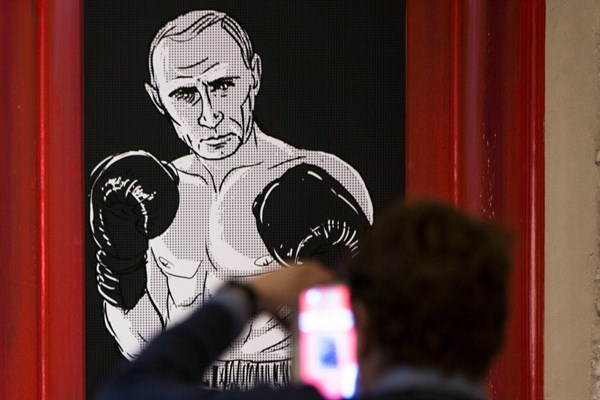You can punch above your weight in statecraft as in boxing, and in today’s global security system, Russia is like an aggressive bantamweight. For the United States and the rest of the West, containing or moderating Russia’s sometimes damaging actions depends on understanding why Moscow can punch above its weight, and how that shapes its behavior.
Until the late 1940s, Americans had never thought much about Russia and thus were deeply perplexed when the World War II alliance between Washington and Moscow devolved into the Cold War. In a famous Foreign Affairs article, “The Sources of Soviet Conduct,” career diplomat George Kennan, who was one of the foremost Russia experts in the State Department at the time, explained that Russia’s history of being invaded, plus its size and geographic location, gave it immense power, but also imbued it with a combination of paranoia and ambition. That gave Russia a deep sense of national mission, seeing itself as a bulwark of the West against hostile outside forces, and as the rightful hegemon in Eastern Europe and Eurasia.
These ideas were in abeyance during Russia’s decade of weakness following the collapse of the Soviet Union, but they never went away. They resurfaced as Russia recovered its strength and sense of purpose under the leadership of President Vladimir Putin and continue to drive Moscow’s current security policy. This peculiar worldview makes Russia believe that it is in a state of constant war, whether a hot one with actual combat or a cold one fought in the political and informational realms. This is very different from the American worldview that considers peaceful competition among nations the norm and war an episodic aberration.

